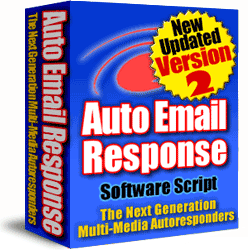21
Step 5: Configure the wp-config.php file
 Milo
Milo Uncategorized
Uncategorized
The self-hosted WordPress package comes with a wp-config-sample.php file. It need to be configured with a text editor and save as wp-config.php.
These are the 4 lines in the file that need to be configured:
define(‘DB_NAME’, ‘putyourdbnamehere’); // The name of the database
define(‘DB_USER’, ‘usernamehere’); // Your MySQL username
define(‘DB_PASSWORD’, ‘yourpasswordhere’); // …and password
define(‘DB_HOST’, ‘localhost’); // 99% chance you won’t need to change this value
Don’t be fooled by the comment “99% chance …”. I had a hell of a time getting WordPress running by leaving the “DB_Host” as “localhost”. Ascertain it.
In my previous post in step 4, I mentioned you need to take note of, database name, user name, password and host name. Insert them into the file. The final wp-config.php file should look something like this:
define(‘DB_NAME’, ‘blogname’); // The name of the database
define(‘DB_USER’, ‘blogname’); // Your MySQL username
define(‘DB_PASSWORD’, ‘yourpasswordhere’); // …and password
define(‘DB_HOST’, ‘h40mysql52.secureserver.net’); // 99% chance you won’t need to change this value
Next … FTP the entire files to the web server.




Add A Comment